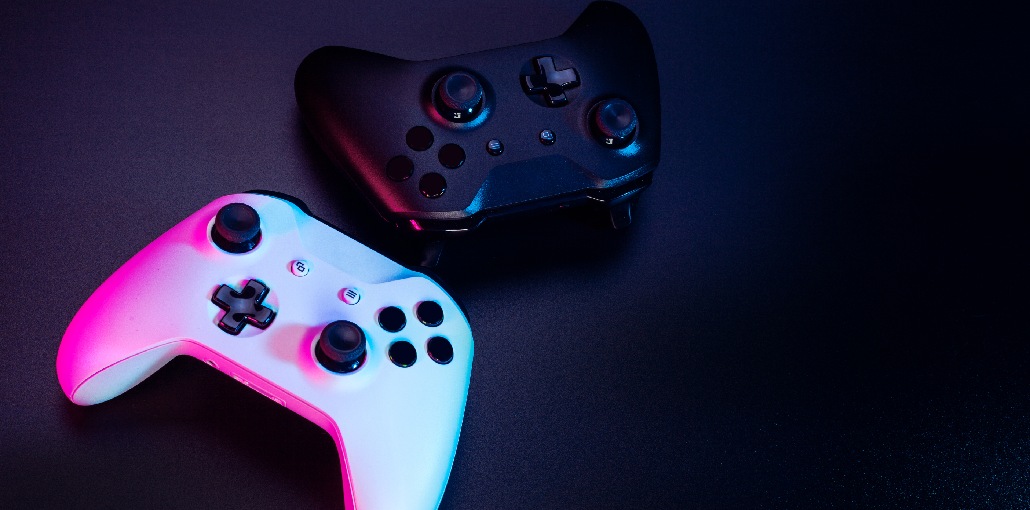Introduction to joy stick:
A joystick is a fundamental input device that has played a pivotal role in the history and evolution of gaming. Originally designed for aviation applications, joysticks have become synonymous with gaming, offering users an intuitive and immersive means of interacting with digital worlds have a joy with joy stick.
Historical Evolution:
The concept of the joy stick dates back to the early 20th century, primarily used in aircraft controls. As technology progressed, joy sticks found their way into early gaming systems, notably in arcade machines. The iconic Atari 2600 console popularized joy sticks in home gaming during the late 1970s, marking a significant milestone in the integration of this joy stick device of modern time into consumer technology because of the joy stick was needed.
Design and Functionality:
Joy sticks typically consist of a lever pivoting on a base, allowing users to control the movement of an on-screen object by manipulating the joy stick in different directions. Modern joy sticks are often equipped with additional features, such as buttons, triggers, and force feedback, enhancing the overall gaming experience. The ergonomic design of joy sticks aims to provide comfort and precision during extended gaming sessions with joy stick.
Applications in Gaming:
- Arcade Gaming:Joy sticks were an integral part of arcade gaming, contributing to the success of classic titles like Pac-Man, Street Fighter, and Mortal Combat. The unique feel and responsiveness of arcade joy sticks became synonymous with the golden age of arcade gaming.
- Home Consoles: Many early home gaming consoles, including the aforementioned Atari 2600 and Commodore 64, featured joystick controllers. Over time, as consoles evolved, joy sticks gave way to more versatile controllers. However, joy sticks have remained popular in certain genres, such as flight simulation and fighting games.
- PC Gaming: Joy sticks found a natural home in PC gaming, especially in genres like flight simulation and space exploration games. High-end joysticks often come with customizable buttons, precise controls, and features like force feedback to enhance realism and immersion.
- Gaming Peripherals: Joysticks have evolved into specialized gaming peripherals, including HOTAS (Hands On Throttle and Stick) setups for flight simulators and joystick-based controllers for virtual reality systems.
Innovation and Future Trends:
Recent advancements in joystick technology include wireless connectivity, haptic feedback, and adaptive controls. As virtual reality and augmented reality continue to gain prominence, the role of joysticks is likely to expand, providing users with more immersive and intuitive ways to interact with digital environments.
Technological Advancements:
Modern joysticks boast an array of technological features aimed at elevating gaming experiences:
Diversity in Design:
Joysticks come in various forms, each tailored to different gaming genres and preferences. Traditional joysticks, resembling those found in arcades, are favored in fighting games for their precise directional input. Flight sticks, with their extended range of motion, are popular in flight simulation and space exploration genres, providing a more immersive experience.
Specialized Applications:
- Flight Simulation: Joysticks, especially in conjunction with throttle controls, are indispensable for enthusiasts of flight simulation games. The precise control afforded by a joystick enhances the realism of virtual flying experiences.
- Space Exploration Games: With the resurgence of space exploration games, joysticks have found a niche audience. Their ability to mimic the control interfaces of spacecraft adds an extra layer of authenticity to games set in the vastness of space.
- Virtual Reality (VR): In the realm of virtual reality, joysticks contribute to the sense of presence and interactivity. VR controllers often incorporate joystick-like features to enable natural movement within virtual environments.
Conclusion:
The joystick’s journey from aviation controls to becoming a cornerstone of gaming showcases its adaptability and enduring appeal. Despite changes in gaming technology and control schemes, joysticks remain an essential part of gaming history and a symbol of the industry’s evolution. As gaming continues to innovate, the joystick will likely continue to adapt, providing gamers with unique and engaging ways to navigate the digital realms.
The Future of Joysticks:
As gaming evolves, so too will the joystick. The integration of advanced technologies like biometrics, enhanced force feedback, and even more intuitive controls holds promise for the future of this enduring gaming accessory. The joystick’s adaptability ensures its relevance, offering gamers a timeless and reliable means of interaction in the ever-expanding world of digital entertainment.












